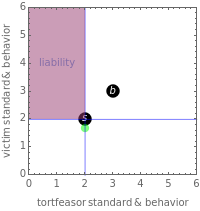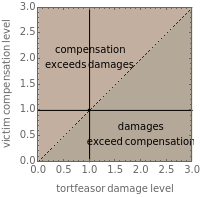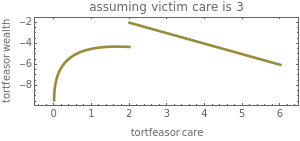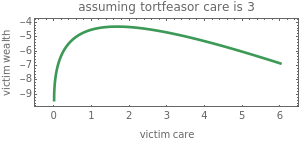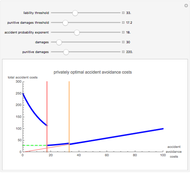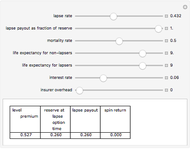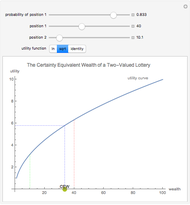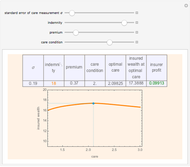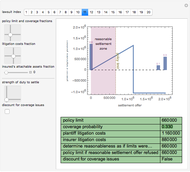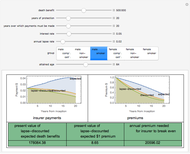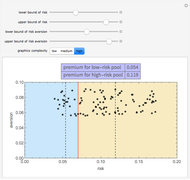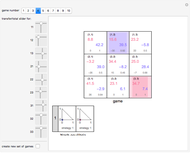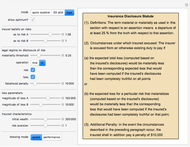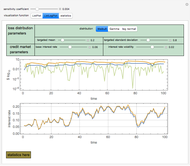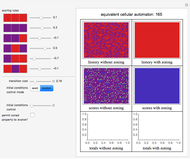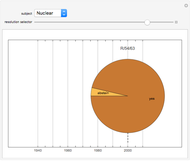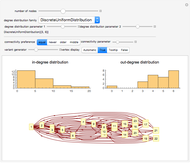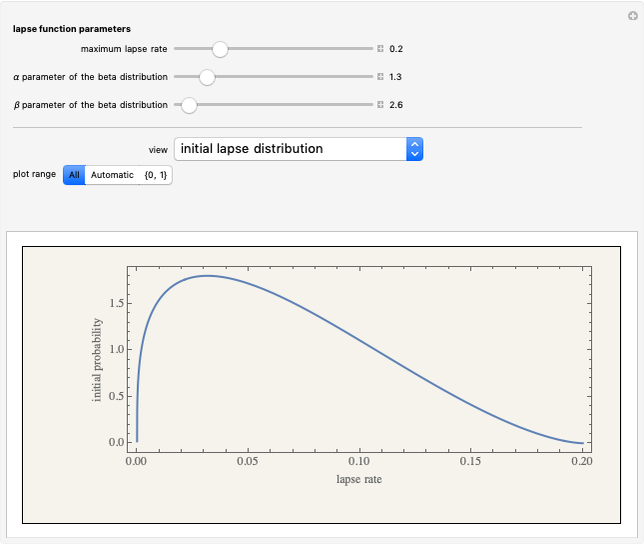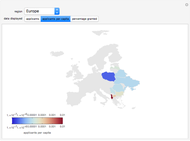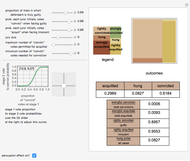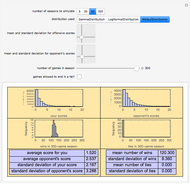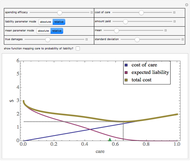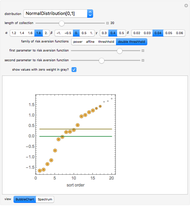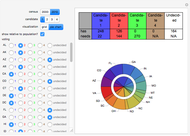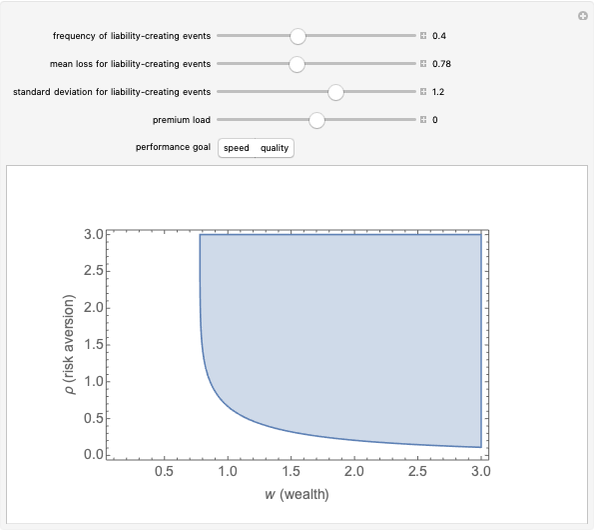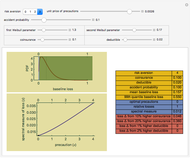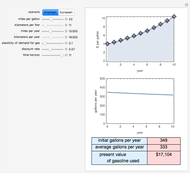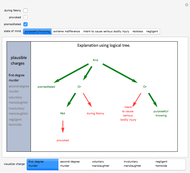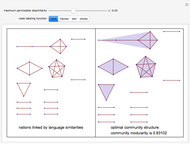Bilateral Accident Model

Requires a Wolfram Notebook System
Interact on desktop, mobile and cloud with the free Wolfram Player or other Wolfram Language products.
Often the probability of an accident is determined both by the behavior of the person who ends up being uninjured by the accident ("the tortfeasor") and by the behavior of the person who ends up being injured ("the victim"). In this "bilateral accident model," the legal rules frequently assess liability based on both tortfeasor and victim behaviors at the time of the accident. This Demonstration taken from the field of law and economics lets you set the legal rule for determining liability, damages and compensation, and the behavior of the parties. It shows the optimal behavior of the parties given that legal rule as well as the total expected loss to society resulting from the behaviors.
[more]
Contributed by: Seth J. Chandler (March 2011)
Open content licensed under CC BY-NC-SA
Snapshots
Details
The model makes a number of simplifying assumptions, including (1) that both tortfeasor and victim are equally risk averse; (2) the tortfeasor has assets with which to compensate the victim; (3) the legal system perfectly determines the levels of care of the tortfeasor and victim; (4) no insurance is available to transfer risk; and (5) the tortfeasor and victim are perfectly rational. The model further assumes that the tortfeasor and victim are symmetric in their abilities to reduce the probability of an accident and that their efforts to reduce accidents exhibit decreasing marginal returns, that is, the second partial derivatives of the probability function are negative.
Permanent Citation
"Bilateral Accident Model"
http://demonstrations.wolfram.com/BilateralAccidentModel/
Wolfram Demonstrations Project
Published: March 7 2011
